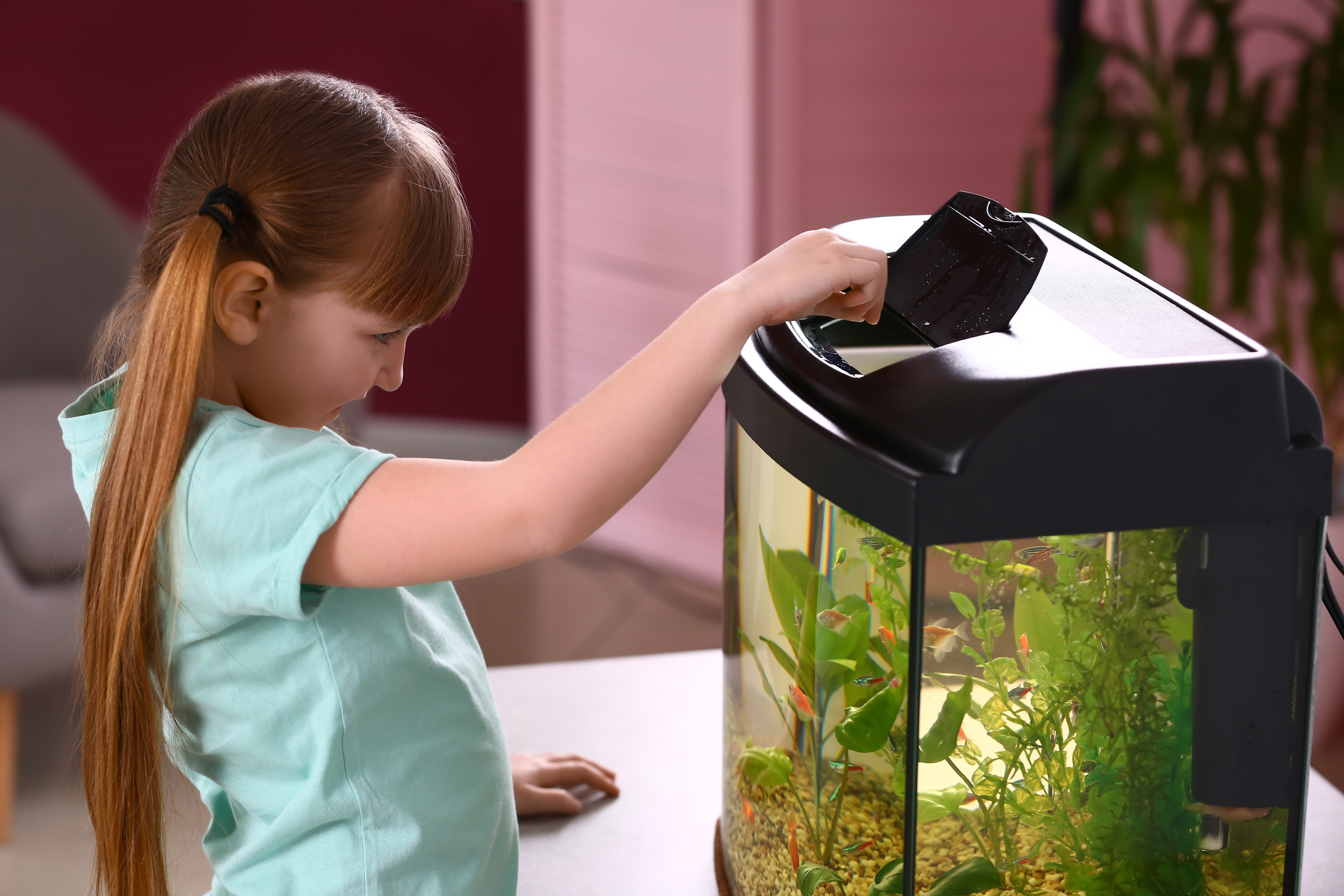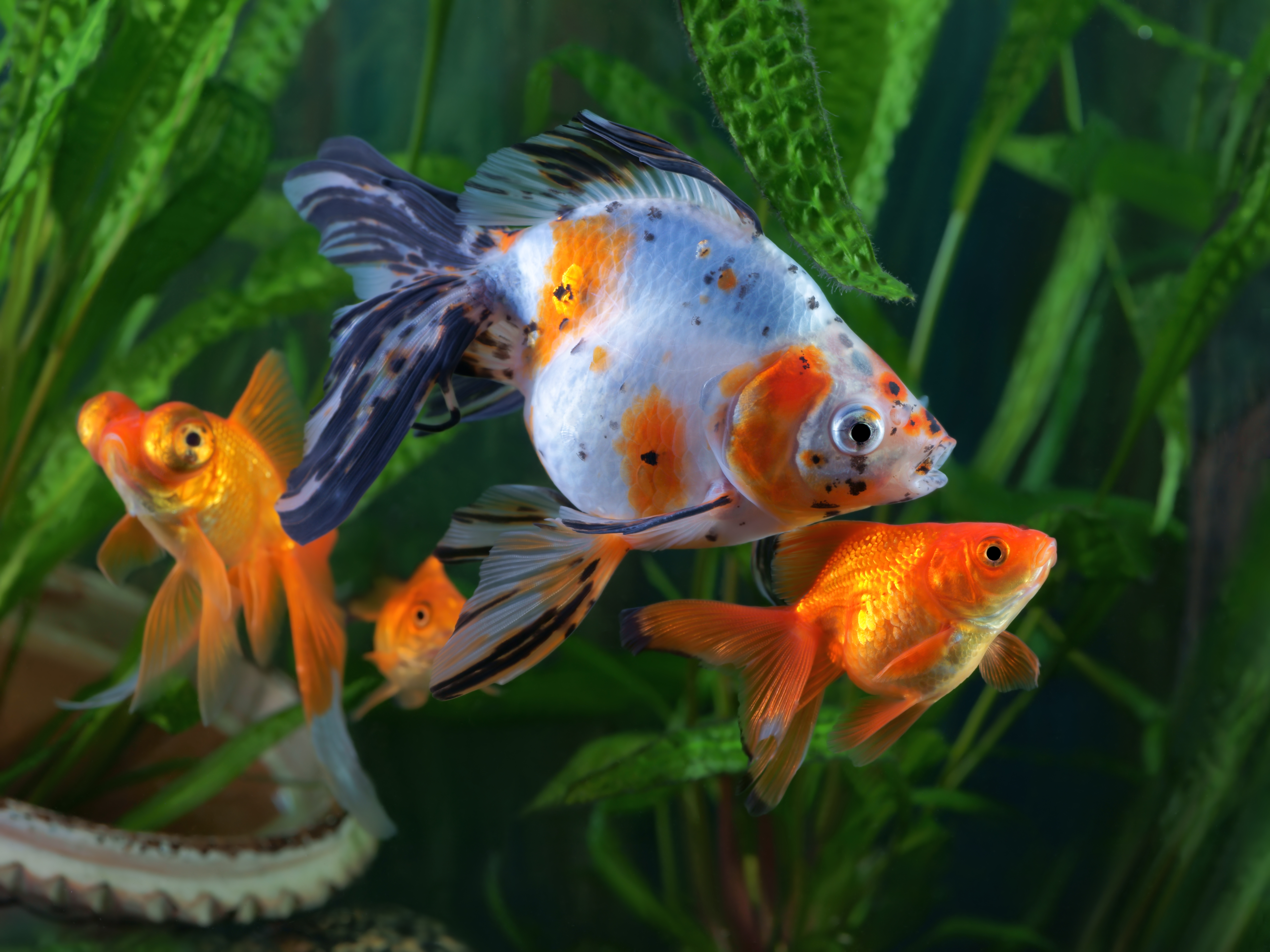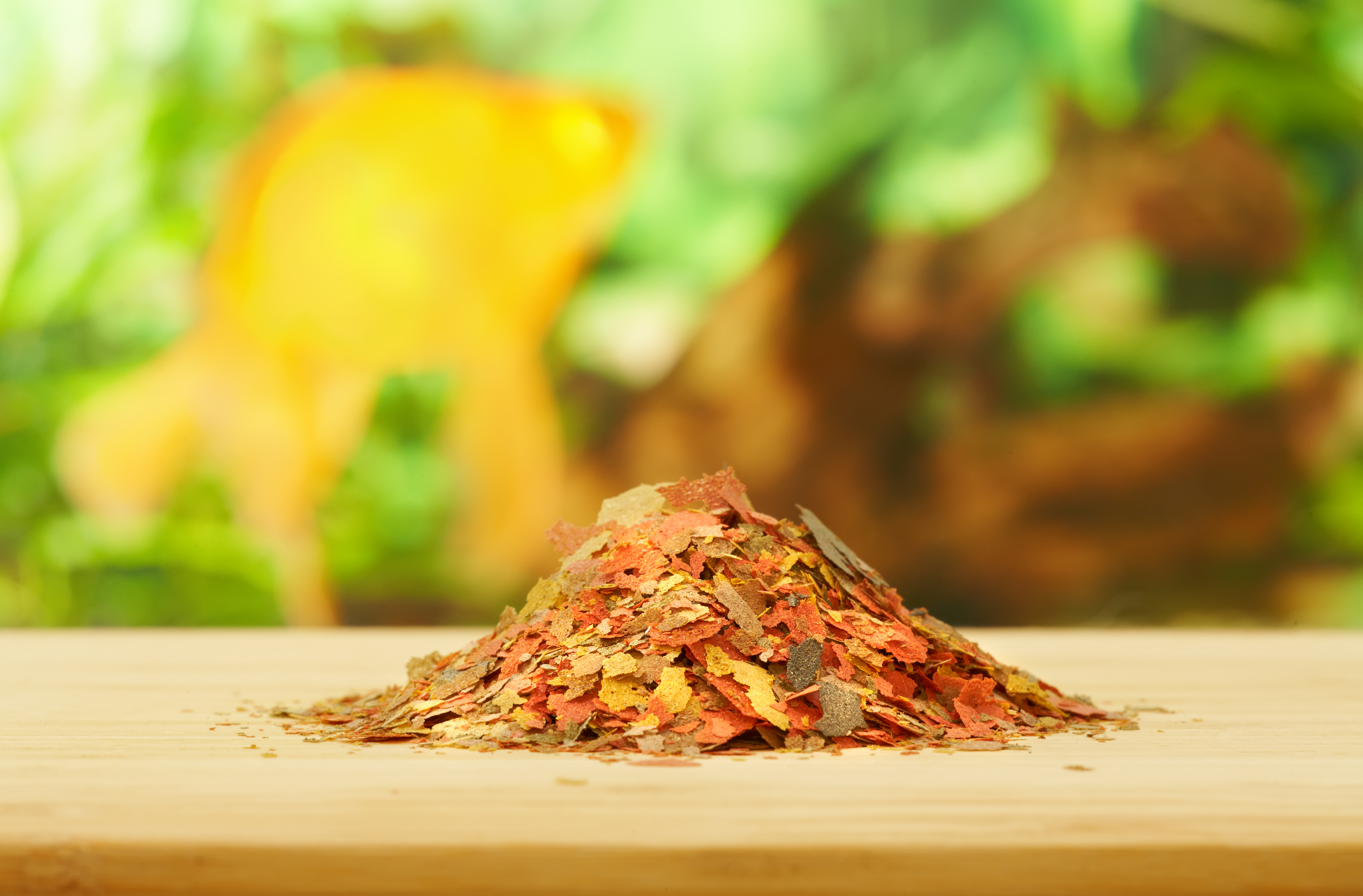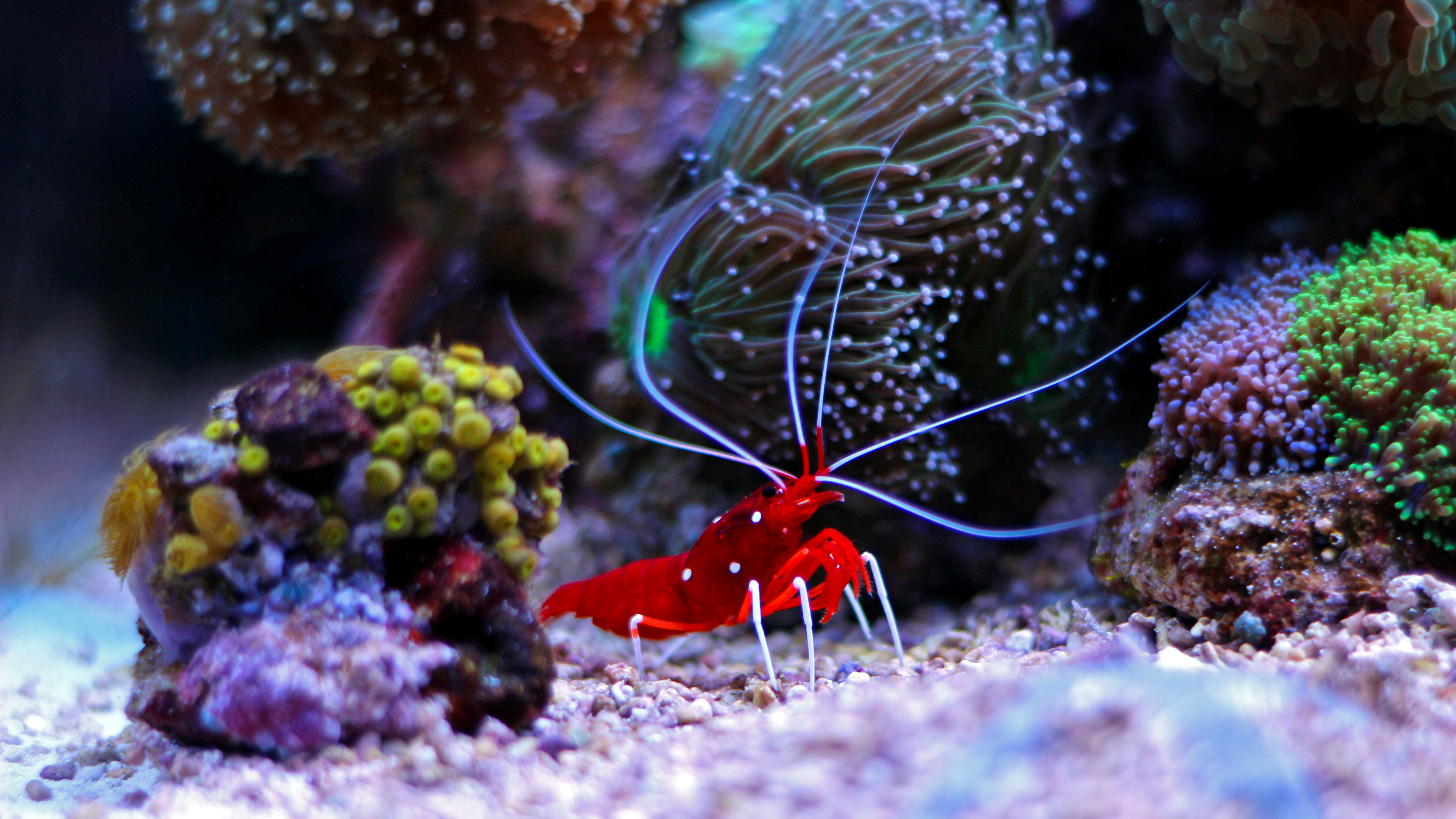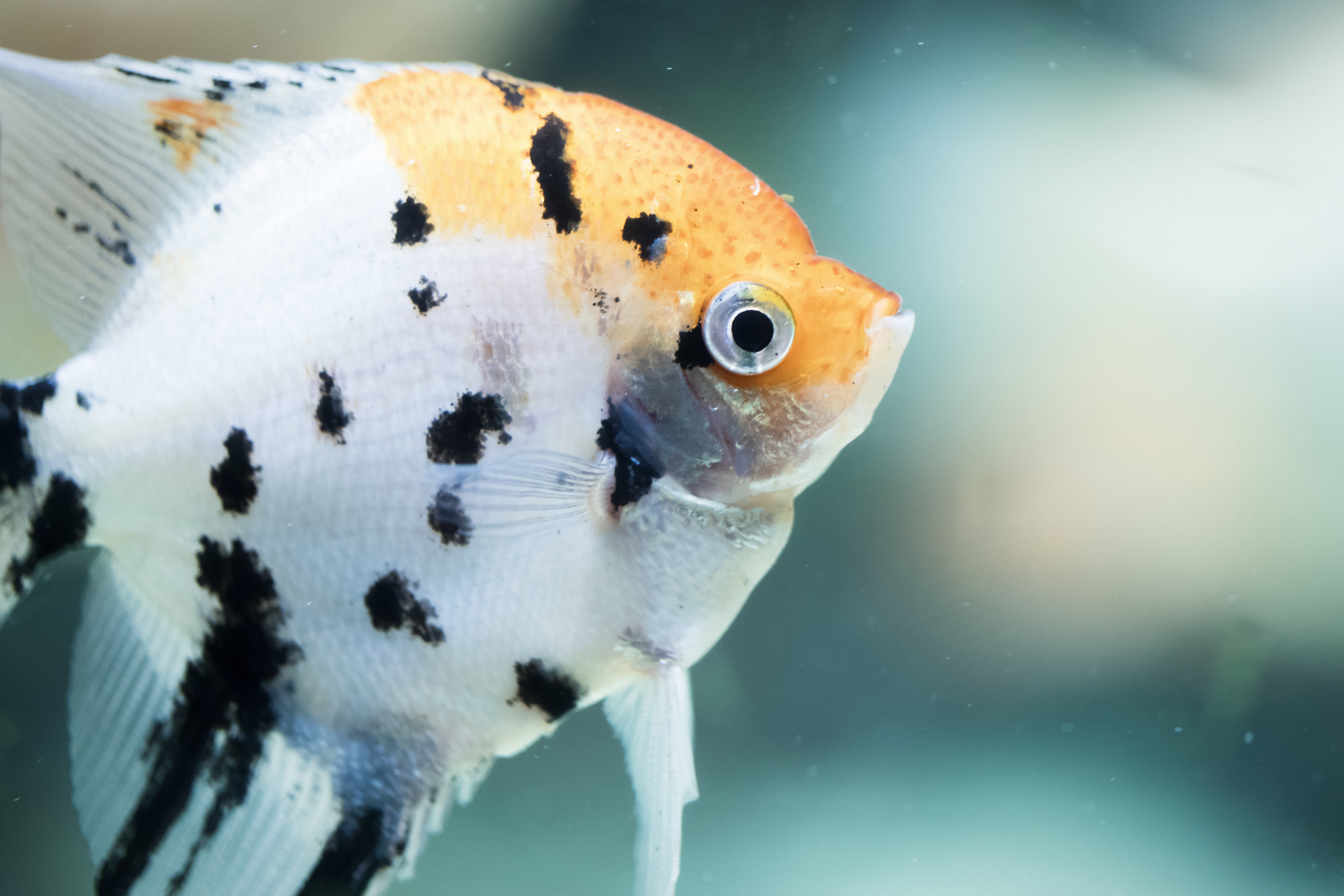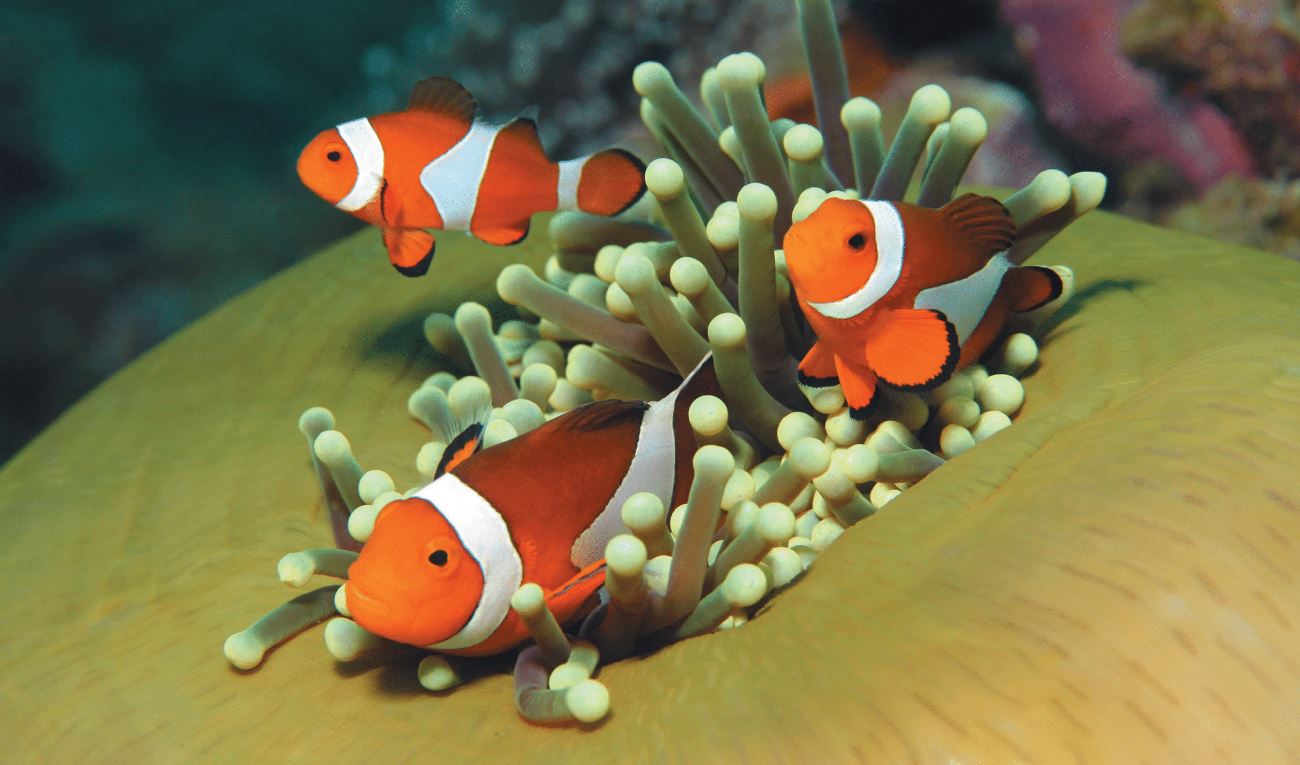The Feeding Is Easy
Karen M. Alley //September 1, 2015//
 For fish owners, feeding their fish live or frozen foods might be seen as a good alternative or addition to the typical flake or pellet diet. The live and frozen foods diet is one that closely replicates what a fish would be eating in the wild, something that is becoming more important to pet owners—who themselves may be trying to eat a more wholesome, natural diet. Live and frozen fish foods also help fish thrive, leading to more colorful, healthier fish. There’s also a fun aspect of it. It’s more stimulating for a fish to chase down and eat real organisms that wiggle and smell like food than to graze on a flake floating through the aquarium.
For fish owners, feeding their fish live or frozen foods might be seen as a good alternative or addition to the typical flake or pellet diet. The live and frozen foods diet is one that closely replicates what a fish would be eating in the wild, something that is becoming more important to pet owners—who themselves may be trying to eat a more wholesome, natural diet. Live and frozen fish foods also help fish thrive, leading to more colorful, healthier fish. There’s also a fun aspect of it. It’s more stimulating for a fish to chase down and eat real organisms that wiggle and smell like food than to graze on a flake floating through the aquarium.
Live and frozen fish foods are already popular with advanced hobbyists, especially saltwater aquarium owners. Seventy-five percent of saltwater fish owners reported buying frozen or live food in the past 12 months, as opposed to 8 percent of freshwater fish owners, according to the 2015-16 American Pet Product Association’s National Pet Owners Survey. The results show this is a category with plenty of room for growth, whether you’re expanding the reach in the saltwater market or targeting freshwater fish owners for increased sales.
Making it Convenient
Breeding live foods has always been an interesting venture for hardcore hobbyists, but it can be a tedious and somewhat messy process. Sustainable Aquatics is introducing a line of live foods this fall that will give customers an option of live food without the mess of culturing it themselves.
“We have been using these products in-house, and our customers knew it and constantly asked if we could make it available at retail,” said Matthew Carberry, president, Sustainable Aquatics. “After testing it out in our own retail shop, we realized there was a fairly big demand and decided to offer it as part of our product line.”
The foods, including rotifers and plankton, are shipped in breathable bags or containers with the same methods the company currently uses to ship its fish to retailers. The containers have a shelf life of several days.
Live fish food isn’t the only product with a reputation for being messy.
“In our research, we found that some customers said they don’t like using frozen food because they have to touch the animals,” said Matt Allen, director of marketing for Elive Pet.
In addition to touching animals, thawing the food out and working with that form can be uncomfortable or inconvenient for some fish owners, leading them to choose flakes or pellets for the mess-free convenience, even if they prefer live or frozen for its nutritional benefits and more natural state.
Elive Pet has introduced a line of frozen foods in a new type of packaging to eliminate the mess. The product comes in individual cups, which are packaged in a resealable bag. The fish owner removes as many cups as needed for his or her aquarium, lets them thaw for a few minutes and then takes off the cover of each cup and dumps it in for the fish. This method makes portion control easy, but it also eliminates possible freezer burn or damage to the food not being used at the time.
Ocean Nutrition also has an innovative frozen food that eliminates some of the associated mess.
“We’ve been working on developing a better binder for our formula foods that is nutritious and digestible, but it also increases the density of the foods, making it so the product will sink without having to work it with your fingers,” said Andreas Schmidt, owner of Ocean Nutrition and San Francisco Bay Brand. “This line also provides customers the ultimate in convenience because they can be put in the aquarium frozen, there is no need to thaw them first.”
Better Nutrition for Healthy Fish
“I like to say the next best thing to fresh is frozen. It’s a step away from the ocean,” Schmidt said.
In addition to improvements in convenience, fresh and frozen food products are constantly being improved and expanded to offer a better variety to customers. At Ocean Nutrition, it has stopped using any artificial colorants and has reduced the amount of copper in its frozen foods.
“You need some small amounts of copper for nitrifying bacteria, but we know that it’s bad for invertebrates, so we have worked to almost eliminate it from our frozen foods,” Schmidt said.
Variety is important when feeding a live or frozen diet as well. Bloodworms and brine shrimp have been common foods for many years, but other types have gained steps up the popularity ladder, such as cyclops and daphnia from Elive Pet and chopped clams and chopped squid from Ocean Nutrition. Ocean Nutrtion even offers a variety pack, which makes it easier for fish owners to find out which products their fish prefer.
Get in Front of the Customer
The best way to promote sales of frozen and fresh fish food is to have it prominently displayed.
“Don’t bury the freezer in the back of the store where it’s dark and hard to find,” Allen said. “Putting it up front by the sales desk gives you a great opportunity to interact with customers, to let them know about the new types of food available and highlight what you have to offer.”
Investing in the right equipment is also helpful in making the sale. You want something that is safe for the product, but also attractive for customers, encouraging them to reach in and grab some frozen fish for their pets. There are plenty of freezers from manufacturers such as True, Turbo Air, Summit and Alibaba—and their sales representatives will help you find the size and features right for your store. For stores that aren’t currently selling live or frozen foods, the initial investment in equipment will pay off as soon as you add a new source of revenue.
“There are some potential customers you’re losing just by not having frozen foods available,” Allen said.
Adding frozen to your store will not only attract customers already dedicated to the product, but will also provide a new way to increase sales with your existing customer base.






